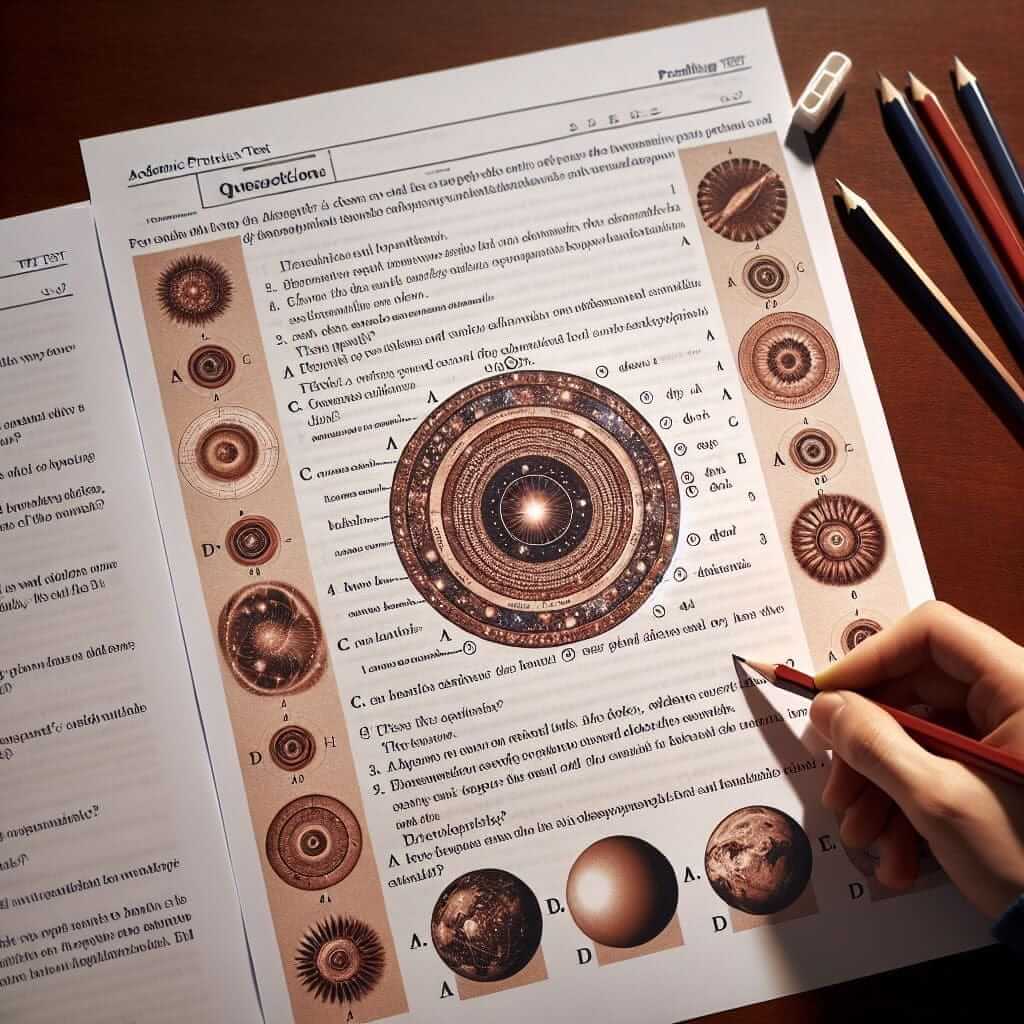As an IELTS instructor with over two decades of experience, I’ve witnessed countless students struggle with inferential questions in the Reading section. These questions often involve identifying a writer’s true opinion or hidden meanings, which can feel like “spotting a liar” in the text. Don’t worry, it’s a skill you can master! This article guides you through understanding inference, applying effective strategies, and analyzing examples from actual IELTS tests to boost your confidence and performance.
Understanding Inference in IELTS Reading
Inference questions go beyond simply locating information directly stated in the passage. They require you to:
- Read between the lines: Understand implied meanings and draw logical conclusions based on the evidence provided.
- Identify tone and attitude: Recognize the writer’s stance, whether positive, negative, or neutral, towards a particular topic.
- Synthesize information: Connect different parts of the text to form a holistic understanding and make informed inferences.
Effective Strategies to Spot the “Liar”
-
Identify Keywords: Look for words or phrases that express opinions, attitudes, or emotions. For example:
- Positive: beneficial, advantageous, successful, effective
- Negative: detrimental, harmful, flawed, ineffective
- Uncertain: may, might, could, possibly
-
Pay Attention to Qualifying Language: Writers often use specific language to soften claims or express uncertainty. Watch for:
- Modals: may, might, could, should
- Adverbs: generally, typically, often, sometimes
- Phrases: it is likely, it is possible, tends to
-
Analyze Examples and Evidence: Writers use these to support their claims. Determine if the examples:
- Strengthen the writer’s viewpoint
- Weaken or contradict the writer’s viewpoint
- Present a balanced perspective by offering both sides
-
Consider the Tone: Is the writer being sarcastic, humorous, critical, or appreciative? Tone can significantly impact the implied meaning.
 IELTS Reading Inference Example
IELTS Reading Inference Example
Example from an IELTS Reading Passage
Let’s examine a passage excerpt:
“While some proponents argue that online learning offers unparalleled flexibility and accessibility, others remain skeptical. They contend that the lack of face-to-face interaction can be detrimental to student engagement and hinder the development of crucial social skills.”
Question: What is the writer’s attitude towards online learning?
Answer: The writer presents a balanced perspective, acknowledging both the potential benefits and drawbacks of online learning. The use of phrases like “some proponents argue” and “others remain skeptical” indicates a neutral stance, avoiding a definitive judgment.
Tips for Success
- Practice Active Reading: Don’t just skim through the passage. Engage actively by highlighting keywords, underlining key sentences, and summarizing paragraphs.
- Develop Your Vocabulary: A wide vocabulary is essential for understanding nuanced meanings and identifying tone.
- Familiarize Yourself with Different Question Types: IELTS Reading uses various question formats. Practice identifying and answering different types, including those focused on inference.
- Review Your Answers: After completing a practice test, carefully analyze your incorrect answers to understand your mistakes and refine your strategies.
Conclusion
Mastering inference is crucial for succeeding in the IELTS Reading section. By learning to identify keywords, analyze language, and understand tone, you can confidently “spot the liar” and accurately interpret the writer’s intended meaning. Remember, consistent practice is key to developing this skill and achieving your desired IELTS score.


